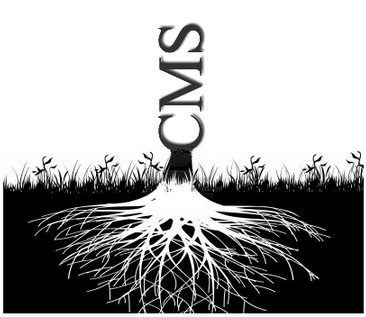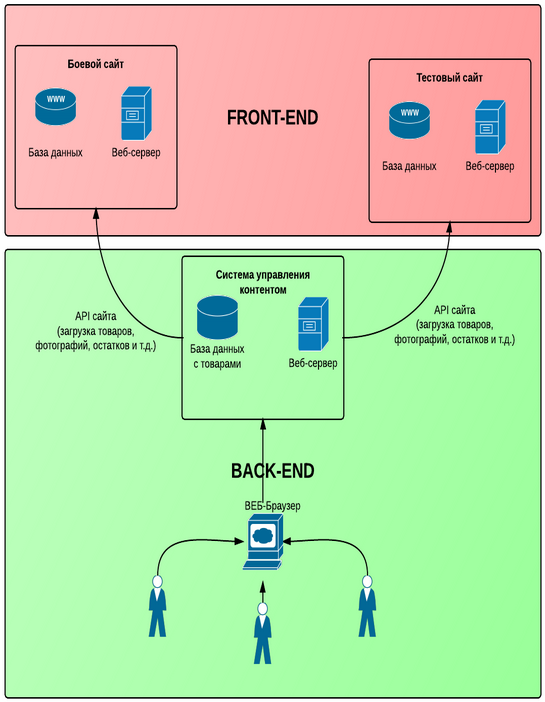Effective online store. How to create marketable content for a large online store? PART 1

If you are engaged in e-commerce and your online store’s showcase contains more than five thousand products, then you are familiar with the problem of creating marketable content.
Vendors often provide marketable content in paper directories or * .PDF files. It is rare to find a supplier with content ready for placement in an online store.
We want to share an example of solving the problem of creating high-quality marketable content in one of our web projects .
The generally accepted way of preparing marketable content
Product content preparation is done manually by content managers or freelancers who use supplier data, as well as from the Internet. (By the way, we recently opened the possibility of a photographer’s departure, for those who do not have their own studio)
Suppliers provide price lists and catalogs in paper and electronic form.
The order of preparation of commercial content is usually as follows:
- Creation (filling) of a spreadsheet - excel-file, with the characteristics of the goods.
- Preparation for each product of several photo files in the format * .jpg.
- Upload files with features and photos to the site for display in the right sections.
')
All specifications are clogged in columns. Some characteristics are relevant for all products without exception. They can be called basic:
- Article Number (4434343)
- Manufacturer (Astro)
- Supplier (Dragoon)
- Series (Russian origins)
- Single-lot items (hammer, hammer, anvil, tongs)
- Name (Anvil Russian origins 4434343)
Other characteristics are usually present in the product description, but may not be used, for example:
- Item Type (Forge Tool)
- Material (Steel X18H9T)
- Color (gray)
- Width (50 cm)
- Height (40 cm)
- Weight (50 kg)
Finally, there are characteristics that are specific only to this category of goods, for example:
- Fasteners (2x4), etc.
This is the Excel file with the characteristics of the content:

Sample photos:
- Small photo - shown in the product window
- Average photo - displayed in the item card
- Big photo - displayed on full screen when zoomed in

The main problems of manual content preparation:
1. Errors in the characteristics of products that allow content managers and freelancers.
Errors negatively affect:
- on the correctness of hits in search engines,
- on the correct operation of filters and search on the site,
- on the status of the site in the eyes of the client (who would like to see the “iron” in the “Washing machines” section?)
In the end, mistakes lead to increased costs for contextual advertising and SEO, to a decrease in conversion, to loss of orders.
2. Errors result in the need to check the tables prepared by content managers or freelancers, by the hands of more qualified managers. Ultimately, the struggle to improve the quality of content disproportionately increases costs, which is in conflict with the return on business. Therefore, the percentage of errors in the creation of marketable content usually does not fall below 3-5%.
3. The growth in the volume of content and the number of product categories without changing approaches also increases the proportion of errors, which impedes development - payback while the business grows.
4. Tables of characteristics are created for each category of goods separately. Thus, the emergence of new product categories in addition to the increase in the proportion of errors also increases the overall download time for content on the site. And almost always requires refinement of the standard download tools.
5. Without special measures that increase the costs, the content uploaded to the site for various reasons tends to deteriorate.
6. The vulnerable element of the system is a special responsible officer for uploading content to the site. He usually performs such work during the hours of the lowest attendance (usually from 0 to 5 am) in order to cancel changes in case of problems without loss.
7. A particularly important section of content is information on prices and stock of goods, which is updated, as a rule, every week and requires its own special responsible employee to maintain the minimum necessary level. As the number of suppliers and content categories increases, this task becomes another limit to the growth of the company in the conditions of manual work.
The problems of creating, downloading and maintaining high-quality content reach their apogee when moving to work with multiple sites.
The conclusion suggests an obvious one: the manual way of preparing and managing commodity content is justified only for small online stores. It is the main brake on development and payback for large online stores or several online stores managed from a single center.
New approach to preparing and updating content
To eliminate or minimize the problems described above, it is necessary, if possible, to automate all the processes for working with content.
At the moment, there are almost no ready-made products on the Internet for solving these problems. And the few that are, it is necessary to almost completely recycle for themselves.
Assessing all the pros and cons, we decided to develop a content management system on our own. We started on PHP, because we have mostly web programmers.
Scheme of software and hardware architecture

In the next article, we describe how to work with the interface of our content management system and show what possibilities an alternative, developed by us approach to creating high-quality content gives.
Source: https://habr.com/ru/post/173205/
All Articles